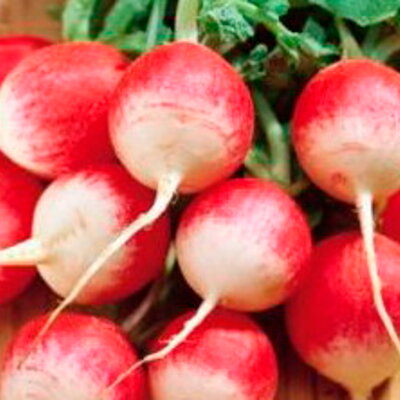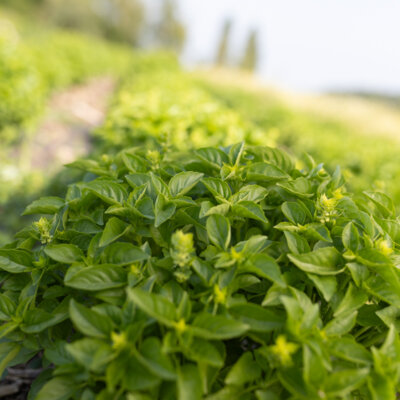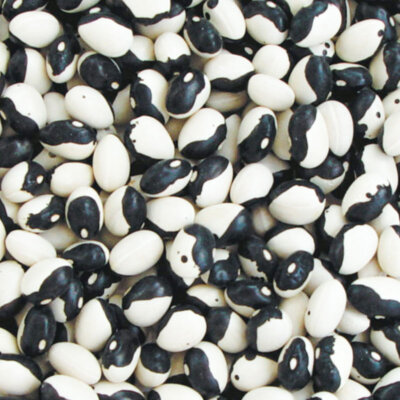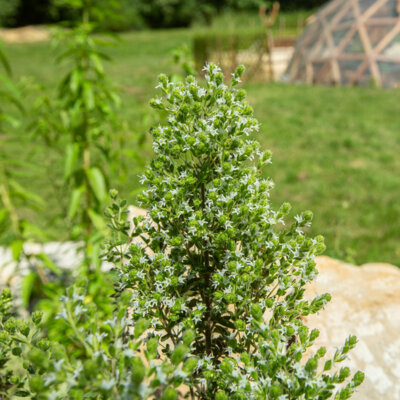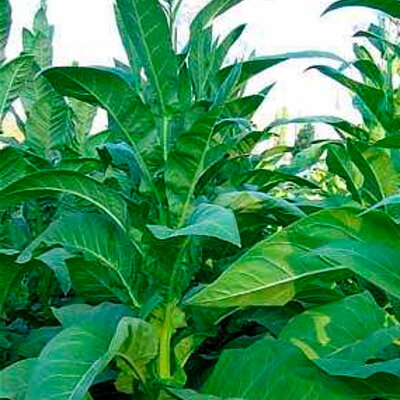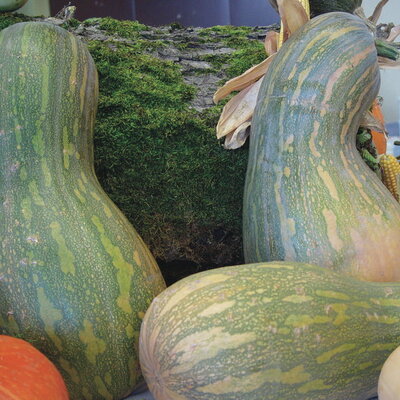
Pleine de Naples - Moschata squash
The Pleine de Naples squash is an ancient variety with fruits reminiscent of a violin case. They can reach 80 cm in length and weigh over 10 kg. The dark-green, striped skin turns ochre when ripe and encloses excellent, musky, sweet orange flesh.
This very late variety is easier to grow in southern regions. Its fruit keeps for up to 1 year.
Description of the Pleine de Naples squash
The Pleine de Naples squash, Cucurbita moschata, is an ancient variety of fruiting vegetable native to Italy. Also known as "violin squash" and "coat squash", it is mentioned in Vilmorin-Andrieux's 1883 book Les Plantes Potagères. This late variety produces 1 to 4 surprisingly large fruits: up to 30 cm in diameter and 80 cm long, averaging 10 kg. Their robust green skin envelops sweet, musky orange flesh, reminiscent in taste and shape of Sucrine du Berry butternut squash. Ideal for purées, soups and cakes, Pleine de Naples squash can be stored for up to 1 year.
Sowing Pleine de Naples squash
Moschata Pleine de Naples squash is sown in pots of 2 to 3 seeds, 2 to 3 weeks before transplanting, from March to May.
Place seedlings under a light shelter, at a temperature of between 18 and 20°C, and keep the substrate moist until the seeds emerge. Be careful not to sow squash seeds too early in the season, in which case the roots will become fibrous, making growth difficult in the garden. Transplant into the vegetable garden once the last frosts have passed.
From April to June, after the last risk of frost, it is possible to sow directly in the garden in 2 to 3-seed stacks.
Prepare 2 weeks in advance holes filled with compost or organic matter, spaced 2 m apart in all directions, to accommodate the squash plants or seeds. Mulch the soil to maintain sufficient humidity and limit water evaporation.
Place a crate or tile under the fruit, without damaging it, to isolate it from the soil and prevent rotting.
To encourage the development of squash, combine companion plants such as corn and beans (milpa). Plant basil between all types of squash to repel pests.
Harvesting and storing Full Naples squash
Although the fruits of these squashes can be harvested and eaten immaturely, those intended for winter storage should be picked as late as possible, before the first frosts, from July to November, when the stalk begins to dry out and the skin becomes thick. Be careful not to tear them off, but cut as close as possible to the stem, 10 cm above the stalk.
This variety will keep for up to 1 year in a ventilated, dry place, at a temperature of between 10 and 12°C. Place the fruit, spaced apart and tail up, in crates set high up. They can also be frozen for up to a year, after slicing and cooking.
Recipes for Pleine de Naples squash
Pleine de Naples moschata squash is appreciated for its fine flavor and smooth, easy-to-peel skin. Given its large size, it can be interesting to freeze some of the flesh for later preparations. Its delicious, musky flavor can be found in a wide range of recipes. A creamy squash and chestnut velouté, a vegetable and potato gratin or a sweet orange and ginger jam!
These products may also be of interest to you
in the ground, in bucket
Sow in pots at 18-20°C, 2 to 3 weeks before planting. Transplant with the root ball into the ground, after the last frosts, at a minimum distance of 2 m in all directions. To sow directly in the ground, sow after the last frosts, once the soil has warmed up. In both cases, prepare holes filled with compost or organic matter two weeks in advance to accommodate your seedlings or seeds.
March, April, May
April, May, June
July, August, September, October, November
in the ground
sunny
fort
all floor types
rich, furniture, fees, reheated, wet
Cucurbita moschata
late
From 6000 to 10000 g
12 seeds
bottle
farm
Ochre
edible
From 150 to 400 cm
From 50 to 100 cm
runner
Italy
1883
"Vilmorin-Andrieux "Les Plantes Potagères
This ancient Italian variety is also known as "Courge à violon" and "Courge Portemanteau". It is mentioned in Vilmorin-Andrieux's "Les Plantes Potagères" of 1883.



